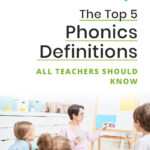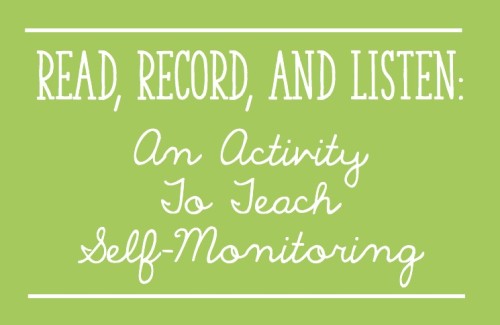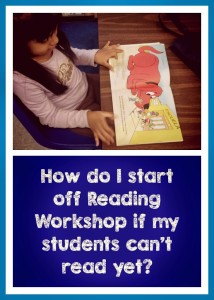Not 100% sure what a diphthong is? You’re in the right place! Even the pronunciation of the word “diphthong” can be confusing! (It’s “diff-thong.”)
Sometimes it can even be difficult to come up with a student-friendly definition of “diphthong,” but I hope the information ahead will help!
In this blog post, I’m going to explain what a diphthong is, share how I teach it, and provide a few examples of activities to teach diphthongs to my second grade students!
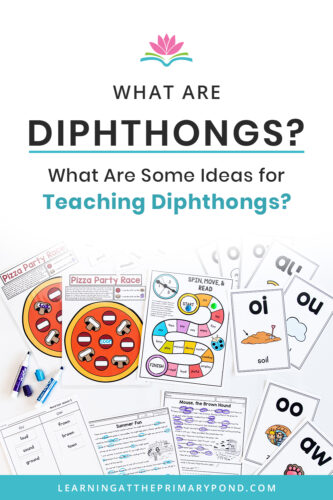
What Is A Diphthong?
A diphthong is a gliding vowel, where the sound begins as one vowel sound and moves to another vowel sound.
Diphthongs can come at the beginning of words (for example out), the middle of words (caught), or the end of words (enjoy).
With a diphthong, the two vowels glide together to make a unique sound.
Here is the list of some vowel pairs that are usually considered diphthongs:
-ow
-ou
-aw
-au
-oi
-oy
Can you spot any diphthongs in the list above that make the same sound?
If you said “ow” and “ou” as one, you’re correct! If you said “aw” and “au”, you’re also correct! Aaaand if you said “oi” and “oy”, you’re correct as well!
Side note: I also teach “oo” (both sounds – like in “room” and “book”) when I teach diphthongs. Technically, it may not be a diphthong, but it pairs well with this skill.
How Do I Teach Diphthongs?
Since diphthongs can be a bit challenging, I really like to break it down and only teach one pair of diphthongs at a time.
Students learn one sound (phoneme) and two different graphemes (diphthongs that represent the same sound).
In my From Sounds to Spelling program, the first diphthong I teach is “ou.” I explain to students that “O-U says /ou/.” After a few days of activities (read below for some ideas!), we move on to “ow.” I then tell students that “O-W also says /ow/.”
We work with a variety of words with both diphthongs:
- ou and ow: loud, found, sound, ground, mouth, house, around, town, frown, growl, power, shower
Next, I move on to “aw” and “au”. Again, the language I use is “A-W says /aw/” and later on, “A-U also says /aw/.” (However you want to say it, you’re teaching students that there are two graphemes that each represent the same phoneme.)
- aw and au: law, draw, yawn, straw, awful, caught, taught, pause, fault
The following pair I teach is “oi” and “oy” –> “O-I says /oi/. O-Y also says /oi/.”
- oi and oy: coin, join, soil, point, choice, voice, toy, boy, enjoy
And lastly, “oo” and its identical-looking (but not sounding!”) twin “oo.” With this, I teach the first sound “O-O says /oo/.” (Like in “room.”) Next, I tell students that “O-O” makes a second sound, like in “book.”
- oo and oo: zoo, food, tool, soon, room, smooth, school, book, cook, good, took, stood
Note: There is some disagreement among linguists about whether a diphthong is truly a single phoneme. I understand the complexity but don’t believe that you need to worry about it.
When Do I Teach Diphthongs?
I usually wait until 2nd grade to teach diphthongs. Students typically master them after long vowel spelling patterns. In my From Sounds to Spelling program, diphthongs are taught in the very last unit for 2nd grade.
What Are Some Activities for Teaching Diphthongs?
- Use decodable readers so students are getting multiple opportunities to practice diphthongs.
- Practice word building with magnetic letters, tiles, or another material. Check out this post I wrote for directions on DIY magnetic letter tiles!
- Have students underline, circle, or highlight diphthong words BEFORE reading a decodable text.
- Complete word sorts with the different diphthongs teams.
Diphthongs are also found in tons of great vocabulary words! You might create a vocabulary poster of all the new words your students are learning. For example snout, scowl, discount, sprawl … just to name a few! Students can read the words, give definitions, draw pictures, and create example sentences.
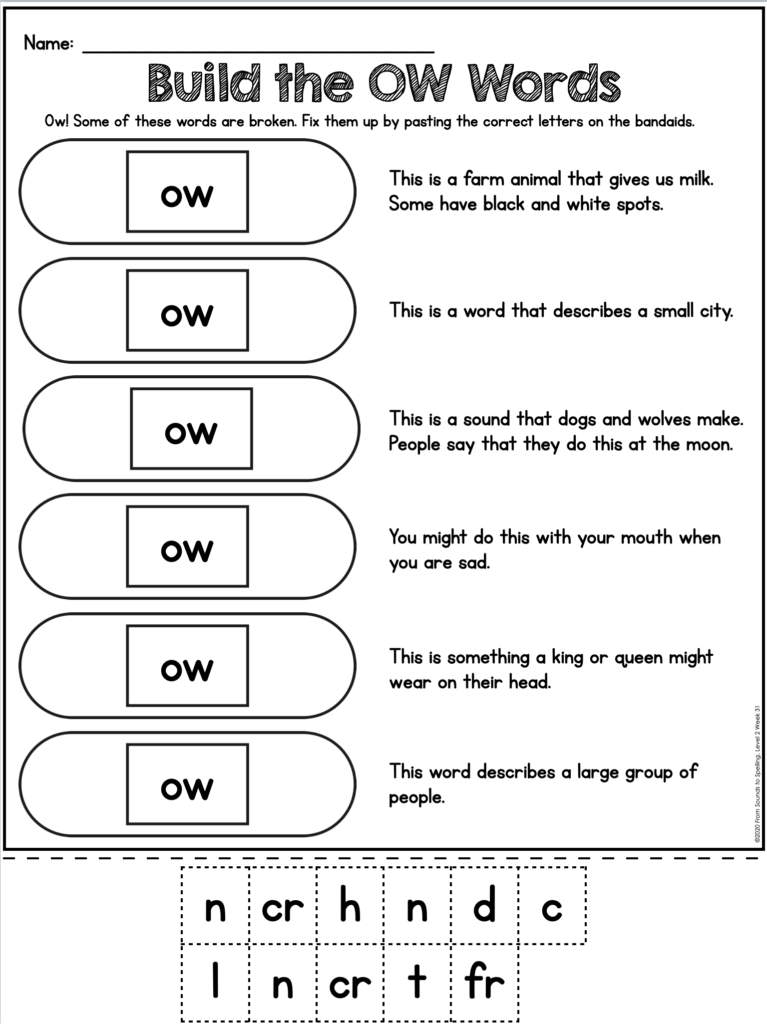
Conclusion
Diphthongs might seem challenging – but teaching the pairs of diphthongs that make the same sound (i.e. “oy” and “oi”) will make them easier for students to learn.
I hope this information on diphthongs is helpful to you! If you’re looking for plans, resources, and activities to teach this or other phonics skills, check out my phonics program, From Sounds to Spelling.
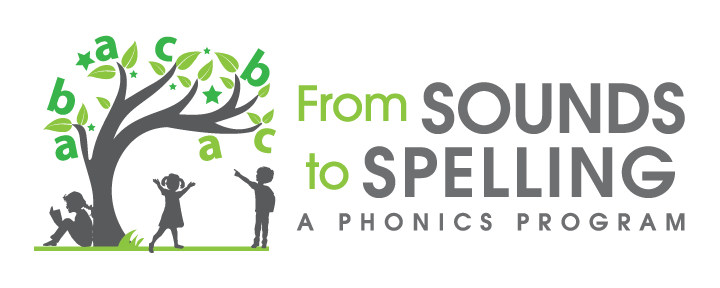
Happy teaching!



